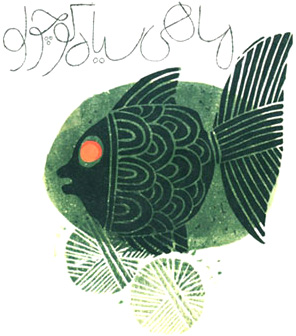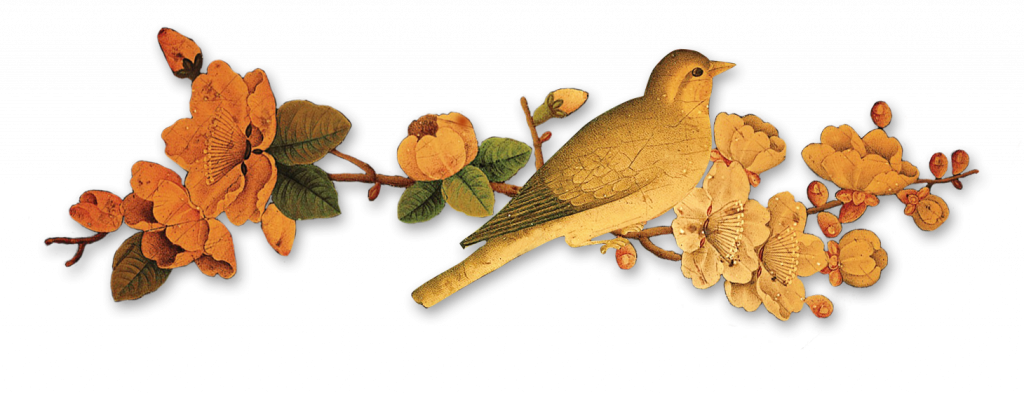
Here is a quiz question: – If I were to ask you to identify one single style of narrative that has consistently existed in our Iranian Art and literature for several millennium what would you say it is?
OK, I’ll give you a clue, what do writers and Artists do under repression and censorship? The answer is they use allegory.
More consistently for the last 1400 years, these allegories are signs of how as a nation we have taken bends and twists to comply, shape or live with Islamic law or live under tyranny of kings, sheikhs, Sultans and Khans and say what we want to say.
It is my understanding that to really appreciate how we live today, we must understand our history of culture and seek its truth rather than swallow the bull that our oppressors have dished out.
If today the Art Mogul of our new age Charles Saatchi finds a fascination with our allegory and angry art, this art did not grow on trees. One could be forgiven for thinking that because in terms of style this art is very close to other conceptual arts that you may find in other modern Arts Gallery that it is the product of Western influence but there is a completely different evolutionary path that has resulted in this hidden lyrical narrative.
From Shahnameh to Shirin Neshat’s ‘women without men’ or Shirin Fakhim’s ‘Tehran’s prostitutes’ we have turned from allegory that did not say it to your face to one that does.If we didn’t write it we would import it, as was the case with ‘kalila and Damna’ (or its proper name ‘Panchatantra‘). ‘kalila and Damna’ consists of many allegories about power, friendship, miscalculations and scams.
More consistently allegory is found in Sufi text. Sufism itself is our hidden religion/code of conduct to purify the spirit through altruism but embedded within the DNA of Islam.
Sufism was our forefather’s reaction to Islam and their way of maintaining their culture under Arab rule. The fact that it has mutated, or bloomed into different forms, or has sometimes been turned to fundamentalist zeal is another story.
The tradition of allegorical tales is used to teach wisdom and an alternative spiritual philosophy. Here are some examples of allegory you may or may not recognize. Of course often we tend to treasure but not read these classics: – Ferdowsi’s Shahnameh – The story of Zahak is an allegory for living under Islamic rule. After discontent we import Zahak to rule us thinking that he will be more just than the local kings. Sounds familiar?
Attar’s the conference of Birds – The duck that washes its face with infinite ablution and obsessed with giving an illusion of purity. This symbolizes the ignorant followers of faith, or pretentious charlatans who have the pretence of purity but have a filthy heart.
– The merchant and the parrot – If you are kept captive for the one thing that your captor values then you should trick him into thinking it has been lost. Perhaps a strategy used during the revolution when the oil workers went on strike?
Obeid e Zakani’s Mouse and Cat – The pious cat that fools the mouse. They all thought that surely such a pious cat is different from others!Here is a summary with beautiful linocut illustrations: –
When we were turned to a slave nation, our intelligence was demonstrated in architecture and even the fluid style of Nastalique calligraphy. Working under the constrains of dogma such as ANICONISM (absence of Icons) we managed to get round it by conveying art in different guises so in miniature painting it was thought that as long as depiction of 3-dimential space is avoided and with absence of shadows the image does not claim to imitate reality and therefore complies with the prophet’s condemnation of artists in trying to ape God’s creation.
Last but not least we have Samad Behrangi’s “The little Black fish” – An allegory for social justice.
The irony of this is that this resistance is always seen as the product and glory of the Islamic world!
So next time you go to a contemporary art gallery and you see one of these works be aware that it comes from a great tradition that includes a thousand year old struggle that shapes the history of Iranian people rather than Iranian leaders.






